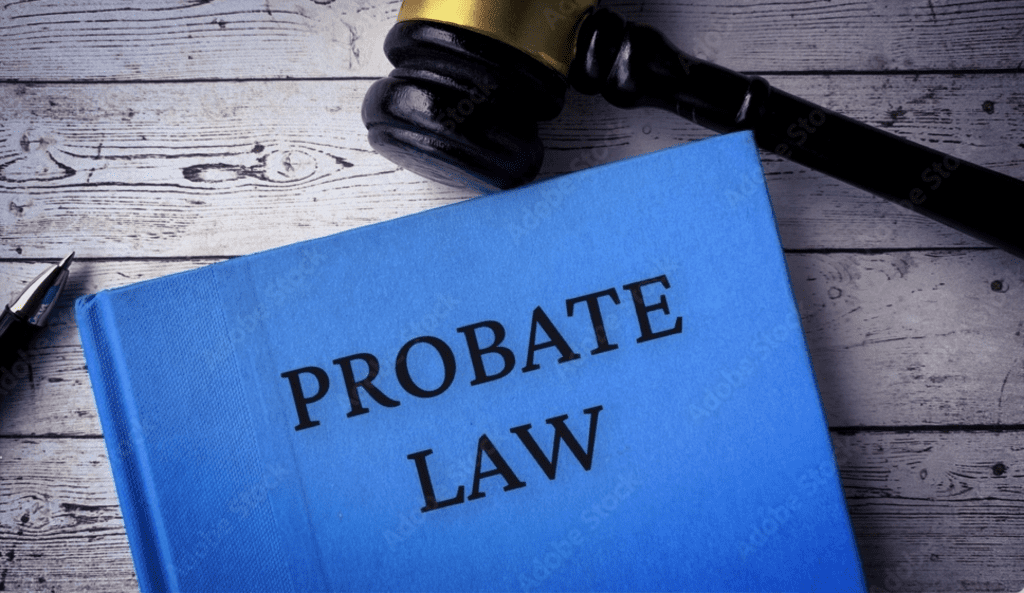
Avoiding Probate Hassles with a Heggstad Petition
Creating a living trust allows a person to control their assets while still alive, and to then distribute such assets upon their death to the people or organizations selected beforehand, thereby avoiding probate. But what happens when an asset that should have been included in a living trust, perhaps a sum of money or certain property, is somehow mislabeled, mistitled, or omitted during the creation and execution of the living trust?
The History of the Heggstad Petition
Prior to 1993, retitling an asset or transferring an asset to an existing living trust posthumously would have required a lengthy, tedious probate process in California court. In 1993, however, a California court decided the case for the Estate of Heggstad. Mr. Halvard L. Heggstad executed his living trust and listed the assets he wished to incorporate in his trust in a Schedule of Assets, including a property for which he had interest as a co-owner.
Mr. Heggstad did not transfer title of his property interest to his living trust before his passing, and that interest was mislabeled as a “partnership interest” in his Schedule of Assets. After his passing, his family argued that Mr. Heggstad intended to include the property interest in his living trust because it was listed in his Schedule of Assets; it was simply mislabeled. The court agreed, and the new precedent in California establishes that transferring assets into a living trust after death is possible if it can be shown the decedent intended the particular asset(s) to be an asset(s) of the decedent’s trust.
Now, California Probate Code Section 850 may be used to potentially bypass the need for a tedious probate process if an asset is discovered as missing or mislabeled in a living trust. Avoiding probate may be done simply by filing what is commonly referred to as a “Heggstad petition.”
Oops – Can the Heggstad Petition Help Me?
There are a number of reasons for a Heggstad petition to come into play. The most common is the person who created the living trust simply forgot to transfer title of certain property to the trust.
Heggstad petitions may also be filed in cases where the paperwork to transfer an asset into a trust was somehow flawed, or the person who created the trust died before the transfer of the assets to the trust could be completed. Similarly, to Mr. Heggstad’s situation, another reason to file a Heggstad petition is when the person who created the living trust was unaware they needed to change the title of the property or other asset.
In cases where real property is removed from a living trust for refinancing purposes and not retitled to the trust prior to the settlor’s death, filing a Heggstad Petition may avoid probate if there was a clear intent to transfer the property back once the refinancing was completed.
Bypassing Probate
For many, probate might sound like a tedious, intimidating process. It involves paying off debt and distributing assets, and it may take a year or more to complete. If it can be proven the decedent intended to include the mislabeled, mistitled, or forgotten assets in their living trust before passing, the Heggstad petition is a beneficial tool that helps avoid the lengthy time and hefty cost of the probate process.
A trustee or beneficiary of a living trust will benefit from working with an experienced probate attorney, like Brian Malloy at RJS LAW, to review the trust, avoid probate, and begin the filing process of the Heggstad petition. From start to finish, the Heggstad petition process usually takes just a few months.
We Are Here to Help
If you are a trustee or beneficiary and believe a Heggstad petition might help you avoid probate, the experienced attorneys at RJS LAW are here to help you avoid the hassle of a lengthy, costly probate process. Call us today at (619)-595-1655 for a free consultation to discuss your options.
Published by Remy Hogan

Leave a Reply